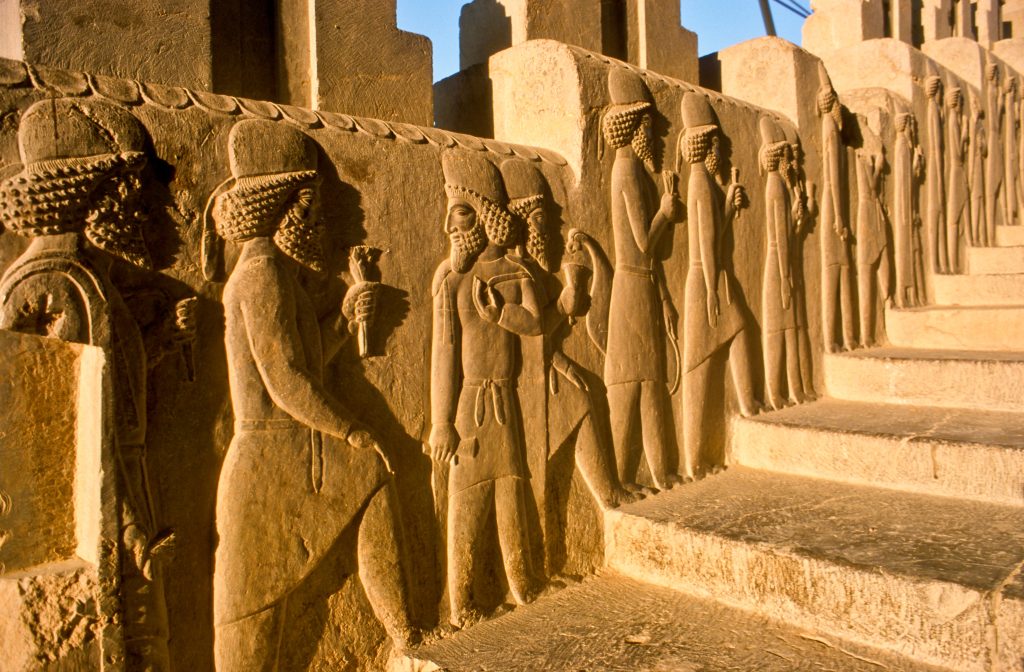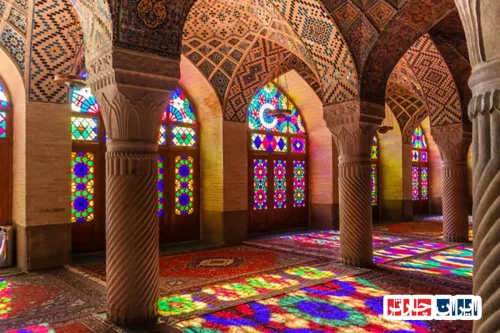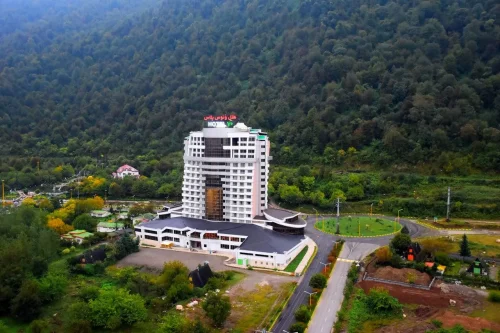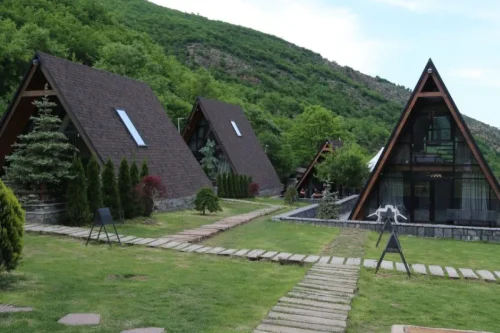An Introduction to Persia
Persia, one of the ancient and influential civilizations in world history, played a significant role in shaping the culture and civilization of humanity. Persia’s diverse geography, from mountainous regions to vast deserts, provided a suitable foundation for the development and advancement of this empire. The rich nature and natural resources of Persia allowed the kings and inhabitants of this land to manage efficiently and develop economically. Among Persia’s great achievements are its advanced administrative system, magnificent architecture, and diverse arts, which have remained to this day and continue to influence various communities.
Ancient Iran is also recognized as one of the main cultural and scientific centers in the history of mankind. Persia’s interactions with neighboring empires and its cultural exchanges with Greece and Rome demonstrate the importance and widespread influence of this empire.
The different historical periods of Persia, from the Achaemenids to the Sassanids, each with their own characteristics and achievements, contributed to the expansion of influence and cultural development of this land. The land of Iran was not only strong militarily and politically but also a leader in artistic and scientific fields.
The cultural heritage of Persia remains alive in contemporary Iran, and its influences are evident in modern art, architecture, and even administrative systems. Studying the history of Persia helps us better understand our cultural and civilizational roots and draw inspiration from past achievements to build a brighter future.
Ancient Iran, with all its historical and cultural manifestations, continues to be admired and researched by those interested in world history and culture. Through archaeological sites such as Persepolis and reliable historical sources, a deeper understanding of Persia’s various periods has been achieved.
Geographical Landscape of Persia in Ancient Times
Persia, with its diverse geography, ranging from popular mountainous regions to vast deserts, provided a variety of natural infrastructures that laid the foundation for the development and prosperity of this empire. The Alborz and Zagros Mountains, along with the plains of Khuzestan and Lut, not only acted as natural borders but also provided Persia with rich water resources and mines. This climatic and territorial diversity allowed Persia to adapt to different climatic conditions, and the abundance of natural resources strengthened the population and economy of this empire. Furthermore, Persia’s geographical position as a boundary mountain range between Asia and Europe played a significant role in facilitating cultural and commercial exchanges with neighboring empires.
Roots of the Achaemenid Empire
The Achaemenid Empire, founded by Cyrus the Great, is known as one of the greatest empires in history, occupying vast territories from India to Egypt and from Central Asia to the Atlantic Ocean. Cyrus the Great established the foundations of a stable and extensive government with policies of tolerance and respect for different cultures and religions. The democratic structure of administration and division of the empire into autonomous states contributed to effective governance of different regions. Darius the Great, Cyrus’s successor, implemented economic reforms and built new communication roads, facilitating trade expansion and economic exchanges. This era is recognized as the zenith of Persia’s prosperity, where cultural, artistic, and architectural achievements reached their peak.
Persian Culture and Society: A Reflection of Civilizational Wealth
Persian culture in ancient times was one of the richest and most complex cultures in the world, influenced by various religions and traditions. Zoroastrianism, as the official religion of the Achaemenid Empire, provided a belief system that prevented religious tensions among different ethnic groups and fostered greater social cohesion. Persian art, including mural paintings, sculptures, and magnificent architecture like Persepolis, reflects the skill and creativity of the artists of this empire. Persian society was composed of diverse social classes, each playing a specific role in the economy and politics. Persian literature and philosophy are also recognized as the main pillars of the culture of this land, whose influences are still evident in later civilizations.
Persian Wars with Greece: Historic Battles
The Persian Wars with Greece were one of the most significant periods in the flag of Persia, leaving wide-ranging impacts on world history. These wars, which took place in the fifth century BC, marked a pivotal point in the confrontation between Middle Eastern and Western civilizations. Famous battles such as Marathon and Thermopylae demonstrated the dedication and courage of Greek soldiers against the vast Persian army. Although Persia initially enjoyed remarkable successes, the alliance and ingenious strategies of the Greeks ultimately led to Persia’s defeat. These wars had not only military impacts but also significant cultural and social consequences that shaped the national identity in Greece.
Fall of the Achaemenid Empire: The End of an Era of Glory
The Achaemenid Empire, after several centuries of widespread and successful rule, eventually fell due to a combination of internal and external factors. Internal revolts, economic issues, and military pressure from neighboring empires laid the groundwork for the empire’s downfall. The arrival of Alexander the Great and his vast conquests ultimately marked the end of Achaemenid rule. With Alexander’s death and the division of his empire among his successors, Persia’s political and administrative structure collapsed and gave way to new empires like the Sassanian Empire. However, the legacy of the Achaemenids remains in ancient Persian culture and history, and its influences are observed in later art, architecture, and politics.
Parthian Empire: An Era of Cultural Interactions
The Parthian Empire, which rose to power after the fall of the Achaemenids, once again had a prominent presence in Persian history. The Parthian rule, which lasted from the third century BC to the third century AD, experienced an era of extensive cultural and economic interactions. The Parthians, due to their military skills and use of rapid cavalry, resisted Roman threats and managed to preserve Persia’s borders. This empire, with a focus on trade and the development of economic networks, fostered prosperity and cultural development. The close interactions between Iranian and Greek cultures during this period led to the creation of unique artworks and architecture that combined indigenous traditions with Western inspirations.
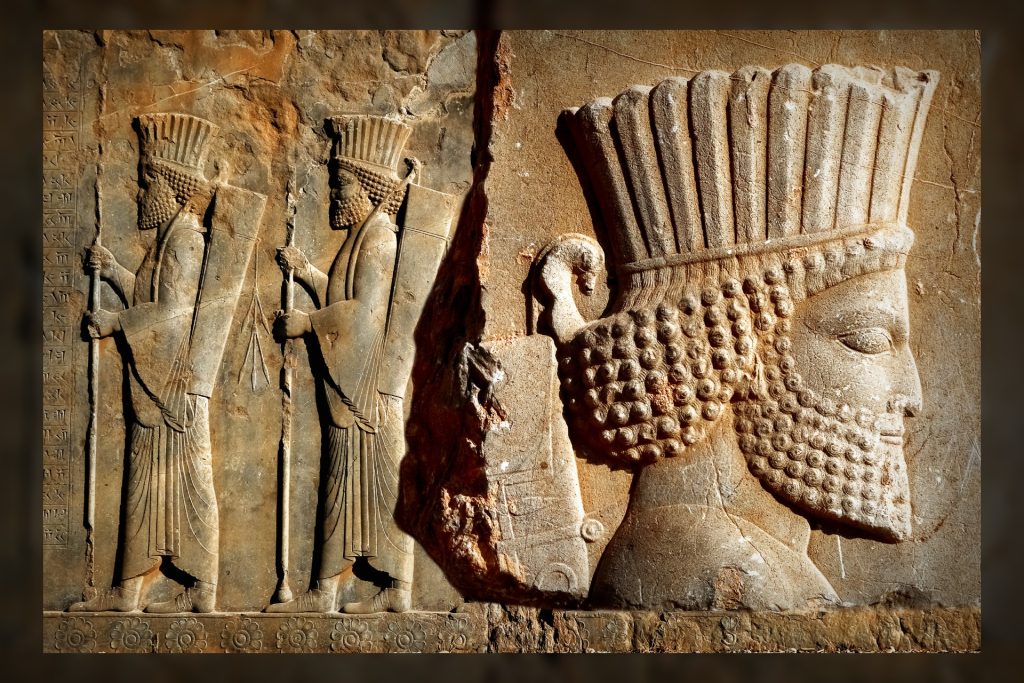
Sassanian Empire: The Revival of Persian Glory
The Sassanian Empire, established by Ardashir I in 224 AD, heralded a new era of Persian glory and magnificence. The Sassanians sought to revive the legacy of the Achaemenids and build an advanced military and administrative system that could resist external threats, especially from the Roman and Byzantine empires. This period is often regarded as the golden age of Persia, as it reached its pinnacle in the fields of art, science, and architecture. Major cities like Nishapur and Isfahan during the Sassanian era were important cultural and administrative centers, attracting fine arts and scholars. Literature and philosophy flourished during this time, and many scientific and literary works remain significant historical sources.
Persian Contributions to the World: Far-Reaching Impacts of Civilization
The civilization that Persia left on the world extended beyond its geographical borders and had profound impacts in various fields. The advanced administrative systems of this empire, such as the division into provinces and regular law enactment, inspired many subsequent governmental systems. In art and architecture, Persia’s unique styles, utilizing symbols like columns and reliefs, were emulated by many civilizations. Additionally, Persia made significant progress in science and knowledge, particularly in fields like medicine, mathematics, and astronomy. This civilization not only influenced its own era but also made substantial contributions to human advancements in subsequent generations.
Islamic Conquest and Its Impact on Persia
The Islamic Conquest in the seventh century AD was a turning point in Persian history, leading to major changes in cultural, religious, and social domains. The arrival and spread of Islam over Persia not only transformed the religion and beliefs of the empire but also brought along extensive cultural and scientific shifts. This period witnessed a reformation of administrative and social systems aligned with Islamic principles, creating a society based on those foundations. However, many previous Persian cultural elements were preserved and expanded, aiding in the flourishing of Iranian Islamic culture. This merging of civilizations laid the groundwork for scientific and artistic growth during the Islamic Golden Age, whose effects are still visible in contemporary Iranian culture and society.
Legacy of Persia in Contemporary Iran: Preservation and Cultural Continuity
The rich legacy of Persia in today’s Iran remains vibrant and sustainable, clearly evident in various aspects of cultural and social life of the people. Ancient festivals like the traditional Nowruz reflect the customs and beliefs of Persia that have been passed down through generations. The historical architecture of cities and the preservation of ancient sites like Persepolis and Pasargadae illustrate the significance of this heritage in Iran’s national identity. Additionally, Iranian literature and music continue to be influenced by Persian literature and art and hold a special place in contemporary Iranian creativity. Continuous efforts to protect and maintain this historical heritage through museums, historical sites, and educational programs play a crucial role in passing this legacy to future generations.
Persian Influences in the Contemporary Era: Global Cultural Impact
Persian influences are not only evident in the history and culture of Iran but also at a global level. Persian literature, with great poets like Hafez and Saadi, has permeated worldwide, inspiring many poets and writers. In scientific and philosophical domains, works by Persian scholars like Avicenna and Nuzami have contributed to shaping numerous branches of basic sciences. Beautiful arts like carpet weaving and Persian marquetry are recognized globally as examples of valuable handicrafts with a firm foothold. Persian influence in architecture can also be seen in various building designs, including Islamic and even Western architecture. Moreover, Persian philosophical concepts and wisdom maintain their place in contemporary scientific and cultural discussions, contributing to societal development.
Conclusion: Splendor and Continuity of the Persian Civilization
The Persian civilization, with a tumultuous history, represents power, intelligence, and human creativity that has overcome the challenges of time, leaving a lasting legacy for future generations. From the Achaemenid era through the Sassanian period and thereafter under Islamic influences, Persia has consistently played an influential role in shaping culture, science, and art for humanity. Continuous preservation of this heritage and its transmission to new generations are crucial steps in maintaining cultural identity and enhancing societal cultural levels. Persia is recognized not only in Iran’s history but in world history as one of the great and impactful civilizations, which can inspire further development and advancement.

Frequently Asked Questions
- What does Persia mean?
- Persia is a historical name that has been used in the western world to refer to Iran.
- Until when did the name Persia refer to Iran?
- The name Persia was used interchangeably with the name Iran to refer to the country until the early 20th century.
- When did the Achaemenid Empire exist, and what was its significance?
- The Achaemenid Empire existed from the 6th century BC to the 4th century BC and was one of the great powers of the ancient world, dominating significant portions of the known world.
- How did Persia influence global culture?
- Persia had significant impacts on global culture through the development of art, architecture, literature, and sciences across various historical periods.
- When were the names Iran and Persia distinguished from each other?
- The names Iran and Persia were used interchangeably until the early 20th century, when the name Iran replaced Persia.
- How has Persia influenced global art?
- Persia inspired artists worldwide with its art in architecture, painting, and sculpture.
- What territories did Persia control in its time?
- The Achaemenid Empire had extensive control covering large parts of the Middle East, Caucasus, India, and Egypt.
- How is Persia remembered in the history of various nations?
- Persia has been preserved as a symbol of civilization and power in the histories of various nations and is mentioned in different languages and literature.
- How has the name Persia remained in different languages?
- The name Persia remains a historical and cultural term used in different languages and is reflected in place names and artistic works.
- How were scientific investments in the Persian era?
- The Persian period is known for its scientific advancements in various fields, such as mathematics, astronomy, and medicine.
- How is Persia introduced in Western history?
- In Western history, Persia is introduced as a great and advanced civilization that played a significant role in world history.
- What were the achievements during Persia’s period of power?
- Persia’s period of power was marked by the establishment of advanced administrative systems, infrastructure development, and the enhancement of art and culture.
- What is the history of renaming Iran from Persia to Iran?
- The renaming from Persia to Iran was done in the early 20th century to better reflect the national identity and Iranian culture.
- What were the reasons for renaming Persia to Iran in the 20th century?
- The renaming was due to a desire to emphasize the authentic Iranian identity, improve international communications, and modernize the country.
- What is the importance of researching Persia in today’s history of Iran?
- Researching Persia helps in better understanding the history, culture, and identity of Iranians and highlights the value of historical heritage.
- How was Persia known in ancient Persian language?
- In the ancient Persian language, Persia was used as the name for the land and the Achaemenid Empire.

